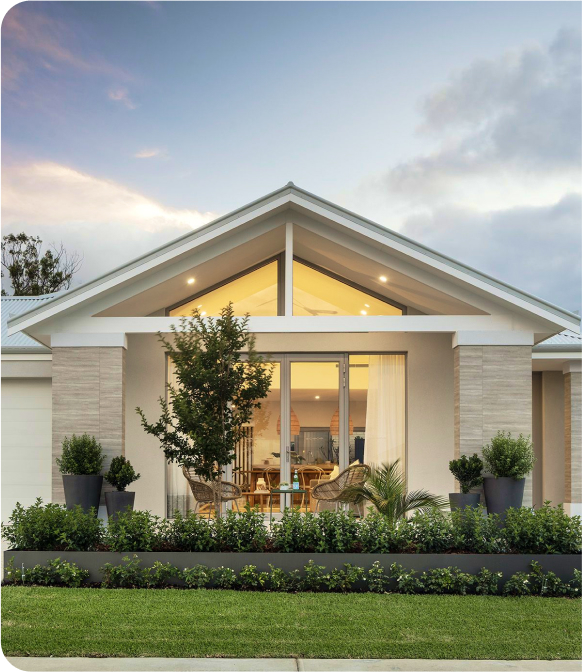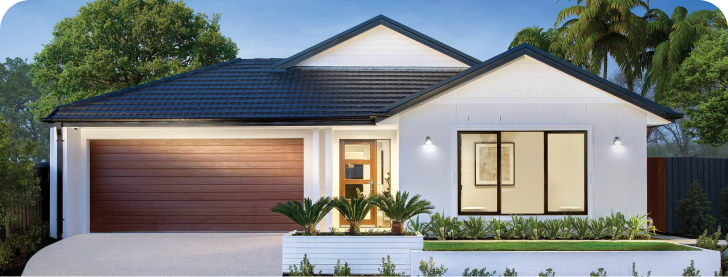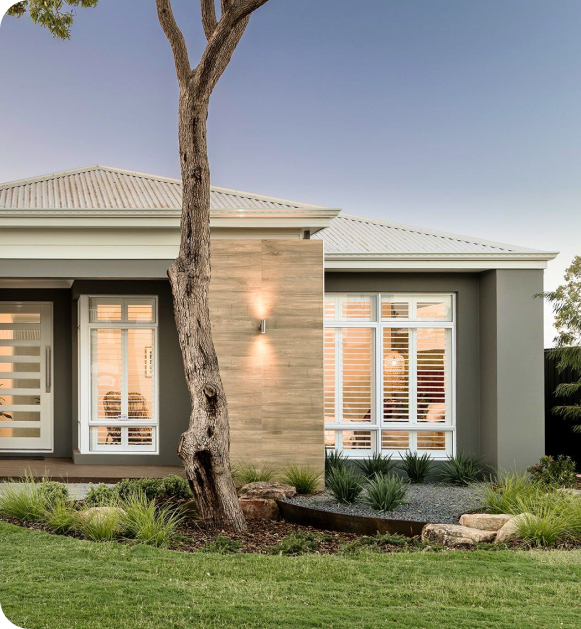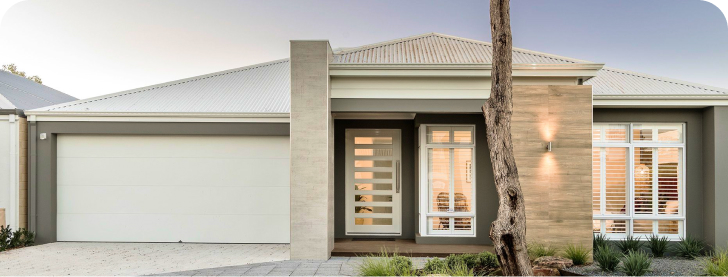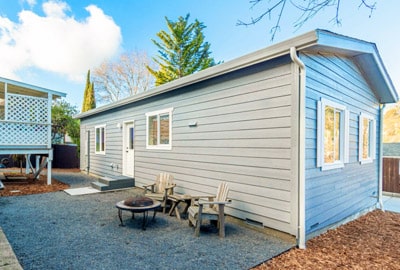
Accessory dwelling units (ADUs) provide a great solution for eco-friendly housing and efficient use of existing property space. In the context of climate change, more cities have become interested in providing environmentally friendly housing options. Many climate activists have noted that ADUs offer such solutions, especially if sustainability is prioritized in the construction process.
Accessory dwelling units have become popular amidst the housing crisis, as they allow family members to have more housing space on the same property next to a single-family house. Being smaller in size, compared to traditional family homes, they require less energy use and leave a smaller impact on the environment.
New technologies allow homeowners to build ADUs that consume less electricity, water supplies, and other natural resources. The following are some of the options that property owners can consider to maintain sustainable ADUs:
These much-needed housing types, which are sometimes also called granny flats and mother-in-law apartments, require fewer materials for construction as well.
An accessory dwelling unit is usually an addition to the existing infrastructure. These small houses do not need a whole property purchased separately. This means that more greenery can keep growing, as no extra land is needed for an in-law unit.
Initially created as an affordable housing option, accessory dwelling units have slowly become focused on green housing instead. In larger cities, the problem of rapid housing growth has caused many concerns among climate activists. However, these housing market solutions promote more dense dwellings, leaving a smaller environmental impact.
As many single-family homes stand nearby everyday transportation systems, accessory dwelling units allow people to solve the housing crisis without creating more problems with pollution and transport overflow. Standard American households with two or more cars per family were causing extreme emissions into the environment not so long ago, but in the case with residence in ADUs, the environmental impact has decreased.
Accessory dwelling units (ADUs) provide all the facilities that you might have in a primary house but with less energy use. Smaller square footage causes reduced consumption of heating, electricity, and other resources. Such options are perfect for empty nesters or young people, for whom building a main house might be unfeasible or even unnecessary.
The latest technologies focus on the development of environmentally friendly home appliances. By being connected to a single-family house, sustainable ADUs consume less water supply.
Innovative filtration systems and reduced water flow plumbing fixtures are easily installed in ADUs, preventing them from contributing to the water shortage, especially in regions with hot climates.
Solar panels are known for their minimal impact on the environment and efficient energy distribution. While equipping your main house with these energy sources can become too costly, the smaller size of an ADU allows you to do it in a more affordable way.
Not only are fewer materials needed for ADUs, but they can also be recycled. Using reprocessed materials will reduce the consumption of natural resources. These smaller steps can actually make a change, as nowadays, the problem of overconsumption is extremely urgent.
During major-scale construction processes, a lot of leftover materials end up in the trash. Planning your ADU thoroughly in advance can help to calculate the precise amount of materials needed and avoid excessive use.
Affordable housing does not mean that you have to sacrifice good life quality. Implementing eco-friendly materials during ADU construction provides you with a safe living environment.
The importance of a proper ventilation system should also be emphasized here. For ADUs, fewer HVAC appliances are needed, meaning you can allocate some part of the budget to high-quality ventilation and cooling systems.
Increasing the amount of greenery surely has plenty of benefits for city dwellers, one of them being the reduction of the heat island effect. In addition to that, reflective roofs can be used to solve the problem of overheating cities.
As this issue causes unnecessary energy consumption, adding even such small touches to your home can help to solve bigger environmental problems.
The overheating is often caused by hot surfaces, like pavements and concrete walls. Avoiding materials that absorb heat easily can also help homeowners to reduce energy consumption on ventilation and cooling/
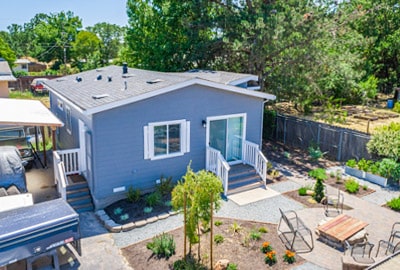
Natural ecosystems are the one thing that eco-activists are concerned about the most. Deforestation and destruction of natural habitats for the sake of dwelling construction have been causing huge damage for many years now. With ADUs built on existing land, fewer natural disruptions occur, and the biodiversity of different areas revives.
Now, it is more than important to educate people on the benefits of ADU housing options and their decreased effect on the environment. While there are not as many strict policies from the government's side, people still need to become more ecologically conscious. Thus, before getting a big house, consider building or buying an ADU, which will serve the same purpose but will be less harmful to our beloved nature.
ADUs are known for their affordability and extensive functionality. They can help families who are looking for multigenerational housing options as well. ADUs increase the overall value of your property on the housing market. These units can also be used for rental income.
The process of ADU creation is quite complicated, and you might need professional help from contractors, designers, architects, or engineers. It is especially relevant for those willing to implement smart-home technologies or eco-friendly elements to their accessory housing. Dealing with it all by yourself might cause some unexpected problems and unnecessary budget waste.
Following The California Environmental Quality Act (or CEQA) is not obligatory for getting an ADU permit. However, you have to keep in mind all the federal and local requirements that regulate the dimensions of an ADU, position on the lot, utility connections, and other elements included in an ADU plan.
